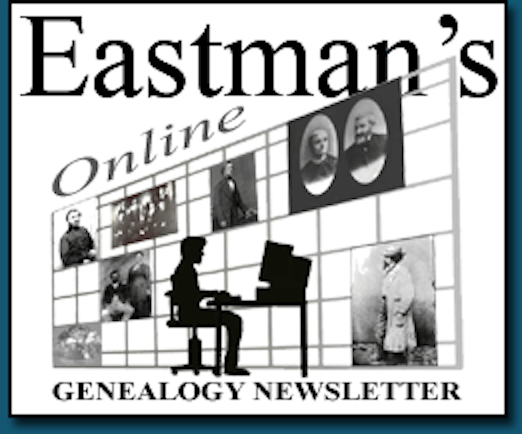FREE BCG-SPONSORED WEBINAR
“A Myriad of Slave Databases”
by LaBrenda Garrett-Nelson, JD, LLM, CG, CGL, FASG
Tuesday, September 17, 2024, 8:00 p.m. (EDT)
In the summer of 2023, American Ancestors/New England Historic Genealogical Society announced the collaborative 10 Million Names project, an undertaking to recover the names of people of African descent who were enslaved in the area of the United States. This monumental task of centralizing datasets about African Americans is likely to take years to accomplish; in the interim, this webinar provides a useful survey of the many existing databases that serve a similar purpose though limited in scope.
LaBrenda Garrett-Nelson was elected as a trustee of the Board for Certification of Genealogists (BCG) in 2016 and served as President from 2019-2022. She was elected a Fellow of the American Society of Genealogists in October 2021. She enjoyed a 35-year career as a tax lawyer before her 2013 retirement as a partner from the big four accounting firm of EY. She is most proud of her service on the staff of the bipartisan, bicameral, Joint Committee on Taxation of the U.S. Congress where she helped to craft the historical Tax Reform Act of 1986. LaBrenda is now a full-time genealogist focused on teaching and writing. Her research centers on African American families that survived American slavery, primarily in the Carolinas. LaBrenda has published in the National Genealogical Society Quarterly, among other publications, and in 2016 she published a guide for researching African Americans in her home county in South Carolina, a book that was hailed in the Atlanta Journal Constitution’s long-running genealogy column as an important model for all counties of South Carolina and other states. LaBrenda earned a BA from John Jay College of Criminal Justice, City University of New York, and both a Law degree and a Master of Laws degree from New York University. From 2017-2023, LaBrenda served as the Registrar General for the Sons and Daughters of the United States Middle Passage, a national lineage society that honors ancestors who were enslaved in the United States before 1870. She completed ProGen 13 and served as the mentor of ProGen 37. LaBrenda is the SLIG Course Coordinator for the African American track, and is also on the faculty of the Genealogical Institute of Pittsburgh, the Genealogical Institute on Federal Records, and the Institute of Genealogy and Historical Research. See https://www.LabGarrettGenealogy.com.
BCG’s next free monthly webinar in conjunction with Legacy Family Tree Webinars is “A Myriad of Slave Databases” by LaBrenda Garrett-Nelson, JD, LLM, CG, CGL, FASG. This webinar airs Tuesday, September 17, 2024, at 8:00 p.m. EDT.
When you register before September 17 with our partner Legacy Family Tree Webinars(http://legacy.familytreewebinars.com/?aid=9015) you will receive a confirmation email containing information about joining the webinar. Anyone with schedule conflicts may access the webinar at no charge for one week after the broadcast on the Legacy Family Tree Webinars website.
“Education is one of the most significant ways of achieving BCG’s mission for promoting public confidence in genealogy through uniform standards of competence,” said President Faye Jenkins Stallings, CG. “We appreciate this opportunity to provide these webinars that focus on the standards that help family historians of all levels practice good genealogy.”
Following the free period for this webinar, BCG receives a small commission if you view this or any BCG webinar by clicking our affiliate link: http://legacy.familytreewebinars.com/?aid=2619.
To see the full list of BCG-sponsored webinars for 2024, visit the BCG blog SpringBoard at https://bcgcertification.org/bcg-2024-free-webinars. For additional resources for genealogical education, please visit the BCG Learning Center (https://bcgcertification.org/learning).
 Latest News Articles
Latest News Articles Do you have an RSS newsreader? You may prefer to use this newsletter's RSS feed at:
Do you have an RSS newsreader? You may prefer to use this newsletter's RSS feed at: